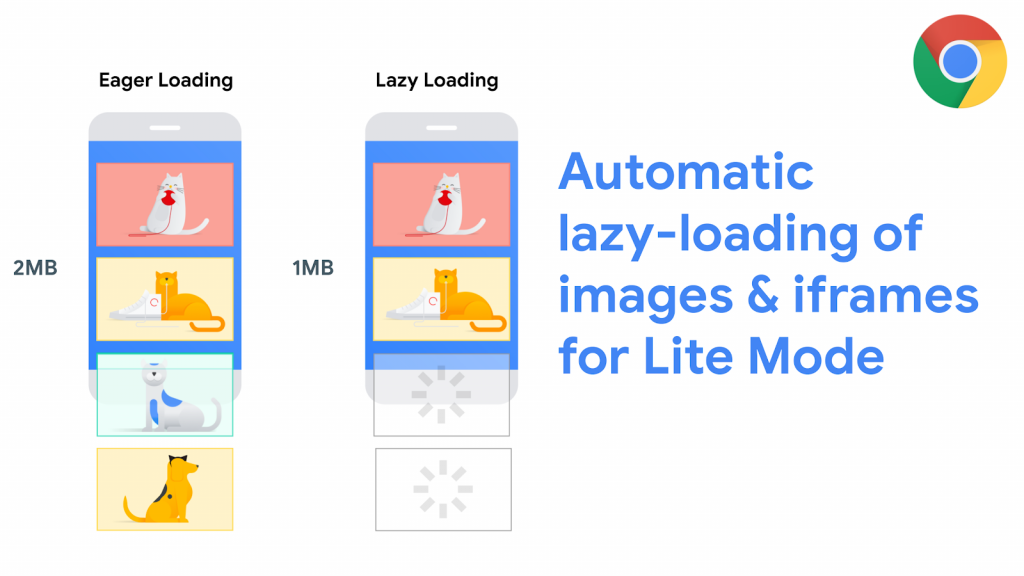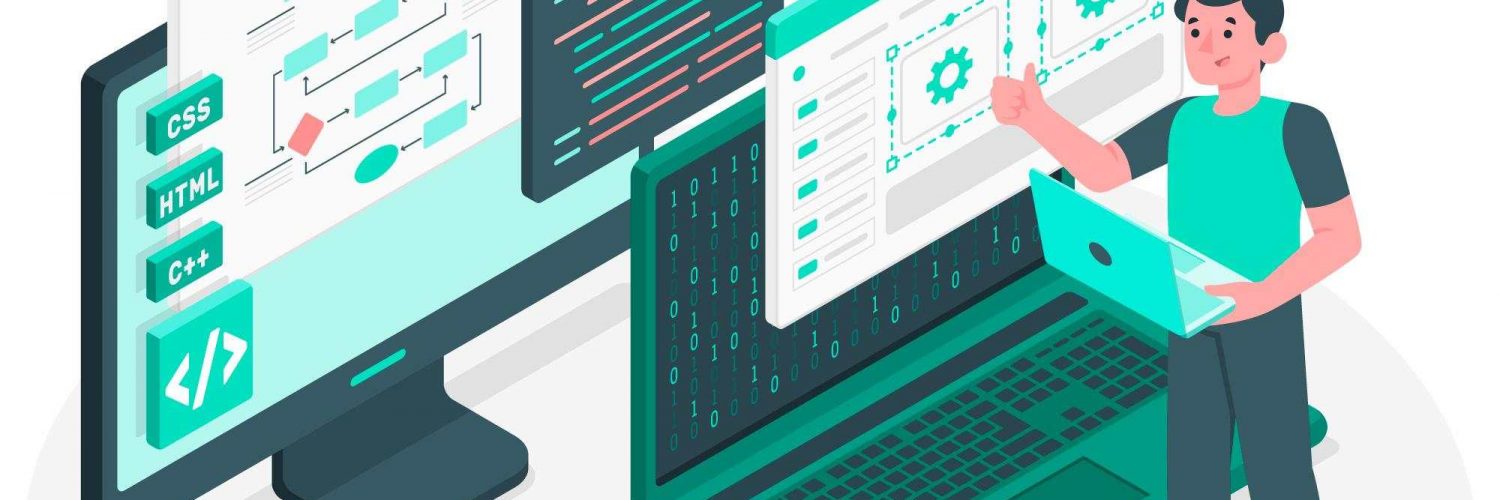As much as we advise against it, many individuals do judge a book by its cover. A website or
application is no exception to this rule. And when you get a few seconds to make a lasting and
impactful first impression, you would want to make it count.
For this reason, there is a heightened demand for frontend developers. A front-end developer is
the rockstar of any web or app development team. They are primarily responsible for the design
and implementation of the user interface. So if you have an eye for detail and can combine
design with functionality, you must seriously consider bagging a job as a frontend developer!
Frontend Developers: Qualifications & Key Skills
The rise of customer-centricity and the importance of UI/UX has highlighted the crucial role of a
front-end developer. If you wish to land the role of a front end developer at an established
organization, you must possess the following skills and qualifications:
- A bachelor’s degree in Computer Science or comparable educational qualification as long as one can demonstrate their technical competencies.
- Proficiency in coding and web markup languages such as HTML, CSS and JavaScript.
If you really want to stand out as a worthy candidate, here are a few more skills that you must
acquire:
- Understanding of the web frameworks like React, Angular, Vue, etc. along with concepts of
- OOP (Object-Oriented Programming)
- Basic knowledge of SEO principles and server-side pre-processing platforms
- Strong problem-solving skills to carry out testing/debugging
- Familiarity with graphic design applications such as Adobe XD, Figma, Sketch, etc.
- In-depth understanding of cross-browser compatibility, version controlling, asynchronous
- request handling, etc.
10 Interview Questions For Front-end Developers
Here are ten tricky interview questions that you can expect while applying for the role of a front-
end developer:
1. Explain the difference between cookies, session storage, and local storage.
| Cookies | Local Storage | Session Storage | |
| Maximum Data Size | 4 kB | 5 MB | 5 MB |
| Auto-expiration | Yes | No | Yes |
| Accessibility | Server-side and client-side | Client-side | Client-side |
| Data Transfer per HTTP Request | Yes | No | No |
| Clearing or Deleting | JS and automatic | JS | JS and automatic |
| Lifetime | As specified | Until deleted | Until the tab is closed |
2. What is the difference between TypeScript & JavaScript and list advantages of Typescript over JavaScript?
| JavaScript | TypeScript |
| Developed at Netscape in 1995 | Developed by Microsoft in 2012 |
| Object-based scripting language | Object-oriented compile language and compiles to JavaScript |
| Weakly typed | Static typed |
Advantages of TypeScript over JavaScript:
1. TypeScript can catch errors as they are typed.
2. TypeScript can perform type checking during development time.
3. What do you understand by REST and what are its alternatives?
Representational State Transfer, or REST, is a stateless software architecture used for distributed
hypermedia systems. It primarily runs on HTTP and is widely used in web APIs.
RESTful development has gained traction in the past few years for the following reasons:
- Allows decoupling of front end and back end, which improves portability, flexibility, and scalability
- Platform or language independence
- Ease of implementation
- Ability to handle multiple call types and return of various data types without ambiguity
Alternatives to REST includes GraphQL, Webhooks, gRPC. Examples to where they are used in real world-
- REST – PayPal
- GraphQL – GitHub
- Webhooks – Foursquare, Sendgrid
- gRPC – Google Cloud, Bugsnag
4. I have a slow-loading website. How would you diagnose and fix the problem?
Slow-loading websites could be a result of a gamut of reasons. List the possible causes, along
with tools to identify them. For example, Google PageSpeed Insights is an excellent tool for
overall diagnosis. For JavaScript issues, you can use Google Tag Manager.
Possible solutions to fix slow-loading websites include:
- Enabling client-side and server-side cache
- Removing plugins and add-ons that hog resources
- Optimizing image size
- Minimizing code length
- Using a content delivery network (CDN)
5. Do you use jQuery? Why?
Talk about your experience with jQuery and state the following advantages:
- Quick learning curve and easy to implement
- Easily expandable
- Supports cross-browser compatibility
- Simplifies DOM manipulation and traversal
- Comes with AJAX capabilities
- Compatible with a wide range of plugins
- Contains a wide pool of built-in methodologies
You can also talk about how jQuery may soon be redundant with the development of modern
browsers.
6. What is lazy loading?
Lazy loading is a design consideration that delays the initialization of any object until it is
required. When used correctly, it can enhance website or application responsiveness and boost
performance.

7. What is your approach to dealing with browser-specific style incompatibility?
The simplest way to solve browser compatibility issues is to add a conditional statement in the
head tag of HTML. Other ways to avoid cross-browser compatibility issues include:
- Code validation
- Design simplification
- Component reduction through reuse
- Real-time testing while development
- Replacement of Browser Detection with Modernizr (library to detect availability of features in userʼs web browser)
- Addition of vendor-specific functions
8. What is the difference between SPA, SSR and PWA?
Single-Page Application (SPA) is a website that re-renders its content in response to navigation
actions (e.g. clicking a link) without making a request to the server to fetch new HTML.
Server-Side Rendering (SSR) is the conventional way of rendering web pages on the browser.
The initial content page of the website is generated on the server, so that browser can download
a page with HTML content already in place. Updates to the content are still handled in the
browser.
Progressive Web Application (PWA) is web development approach intended to work on any
platform that uses a standards-compliant browser, including both desktop and mobile devices.
9. What is Webpack?
Webpack is a build tool that puts all of your assets, including Javascript, images, fonts, and CSS,
in a dependency graph. Webpack lets you use require() in your source code to point to local
files, like images, and decide how they’re processed in your final Javascript bundle, like replacing
the path with a URL pointing to a CDN.
10. Difference between defer and async in <script> tag?
The defer attribute downloads the script while the document is still parsing but waits until the
document has finished parsing before executing it, equivalent to executing inside a
DOMContentLoaded event listener. defer scripts will execute in order.
The async attribute downloads the script during parsing the document but will pause the parser
to execute the script before it has fully finished parsing. async scripts will not necessarily
execute in order.
Note: both attributes must only be used if the script has a src attribute (i.e. not an inline script).
Parting Thoughts
Use the above list of questions to nail the preparation of your interview! Additionally, keep an eye
on any upcoming trends and the latest news in the area of frontend development.
If you are looking for a frontend developer job, you can boost your job search efforts by signing
up on Talent500 – a talent discovery platform that helps you land your dream job in Fortune 500 companies and top global MNCs.






Add comment